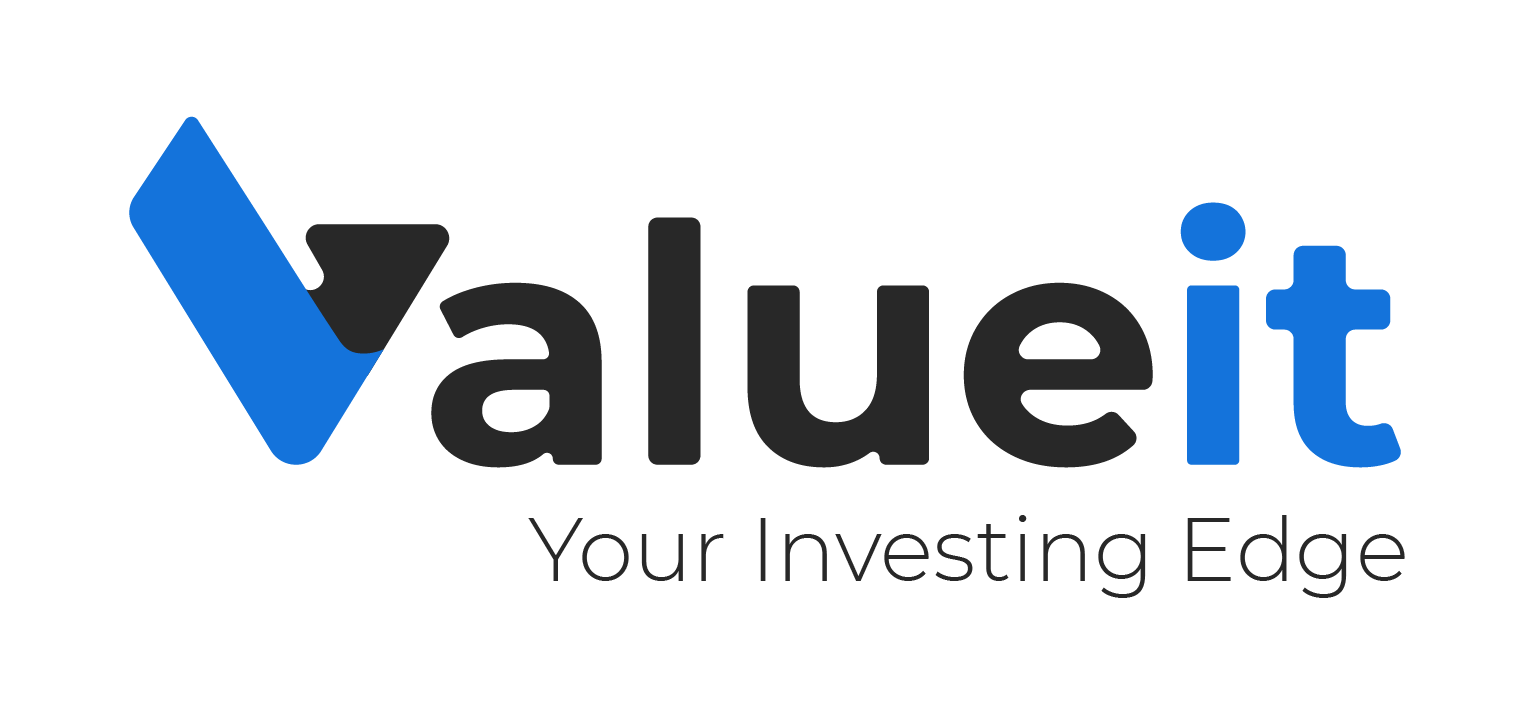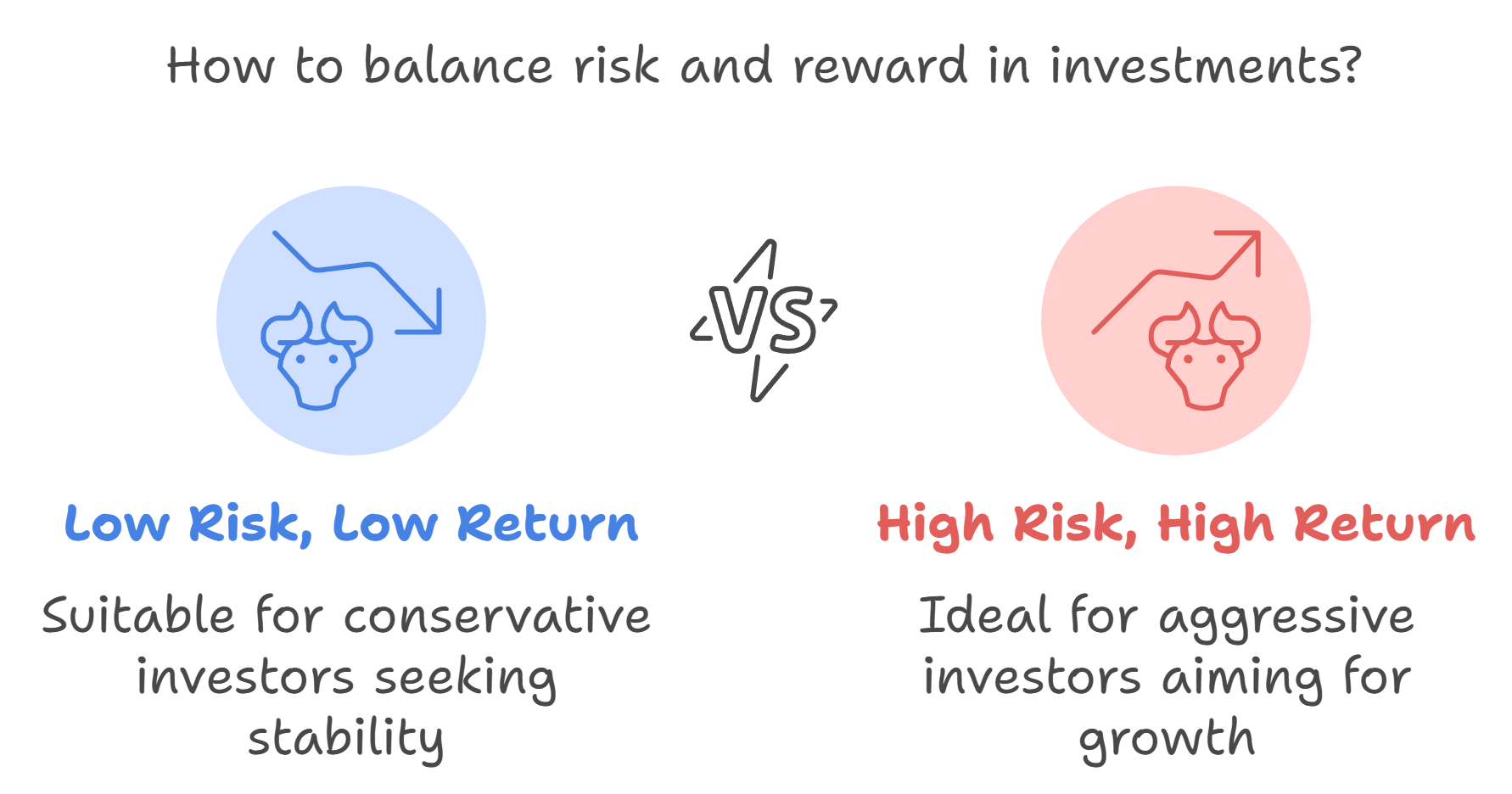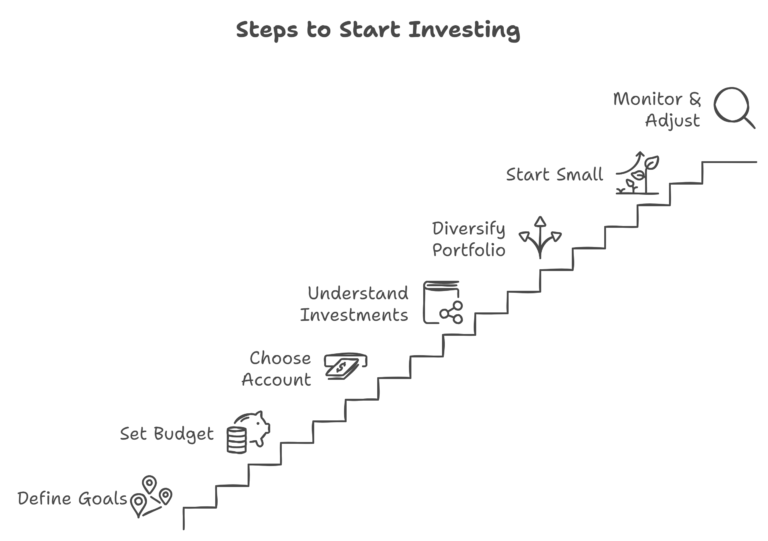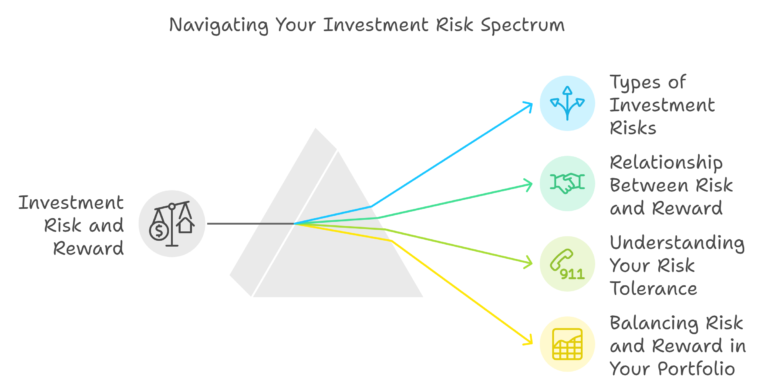Table of Contents
Introduction
Every investment involves some level of risk, and understanding the relationship between risk and reward is crucial for making sound financial decisions. In this blog, we’ll introduce the concept of risk and reward, how they are connected, and how to evaluate investment opportunities using risk-adjusted metrics like the Sharpe Ratio.
The Relationship Between Risk and Reward
The risk-return tradeoff is a fundamental concept in investing—essentially, the higher the risk you take, the greater the potential reward. This is because investors need to be compensated for taking on higher levels of uncertainty.
- Low Risk, Low Return: Investments like government bonds are considered low-risk, but they also offer lower potential returns.
- High Risk, High Return: Stocks and commodities are riskier, but they also have the potential to deliver much higher returns. Long-term investors must balance their desire for high returns with their risk tolerance.
Risk Tolerance: Your personal risk tolerance—your ability to handle market volatility—plays a key role in determining your investment strategy. Understanding how much risk you’re comfortable with helps you make decisions that align with your long-term goals.
Risk-Adjusted Returns
When assessing investments, it’s important to consider not only the return but also the amount of risk you’re taking to achieve that return. This is where risk-adjusted returns come in.
- Sharpe Ratio: The Sharpe Ratio is one of the most popular metrics used to evaluate risk-adjusted returns. It measures how much return an investment generates compared to its risk (volatility). A higher Sharpe Ratio indicates that an investment offers a good return for the risk taken.
Sharpe Ratio=Return of the Portfolio−Risk-Free RateStandard Deviation of Portfolio Returns\text{Sharpe Ratio} = \frac{\text{Return of the Portfolio} – \text{Risk-Free Rate}}{\text{Standard Deviation of Portfolio Returns}}Sharpe Ratio=Standard Deviation of Portfolio ReturnsReturn of the Portfolio−Risk-Free Rate - Beta: Beta measures an investment’s volatility relative to the overall market. A beta greater than 1 indicates higher volatility, while a beta less than 1 suggests lower volatility. Long-term investors often seek assets with a beta that aligns with their risk tolerance.
Evaluating Investment Opportunities
To determine whether an investment is worth pursuing, consider the expected return in relation to the risk involved. Here’s how to evaluate opportunities using risk-adjusted metrics:
- Calculate Expected Return: Estimate the return you expect to receive from an investment. This could be based on historical data or the anticipated growth of the company.
- Assess Risk: Use standard deviation (a measure of volatility) to assess how much the investment’s value has fluctuated in the past. The higher the standard deviation, the greater the risk.
- Compare with Risk-Free Rate: The risk-free rate is typically the return on government bonds. The Sharpe Ratio helps you determine whether the expected return is worth the additional risk compared to a risk-free investment.
Example: Let’s say you’re considering investing in a mutual fund. If the fund has an expected return of 8%, a risk-free rate of 2%, and a standard deviation of 10%, you can use the Sharpe Ratio to determine if the potential reward is worth the risk.
Understanding the relationship between risk and reward is crucial for making informed investment decisions. By using metrics like the Sharpe Ratio to evaluate risk-adjusted returns, you can compare different investment opportunities and determine which ones are worth pursuing. Long-term investing is all about balancing your desire for returns with your ability to handle risk, ultimately helping you grow your wealth in a way that fits your goals.
